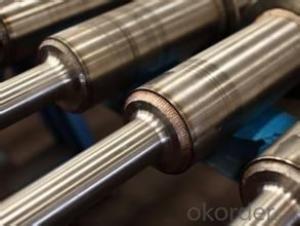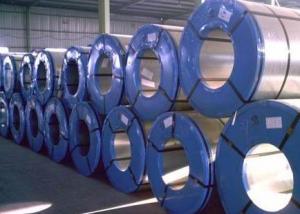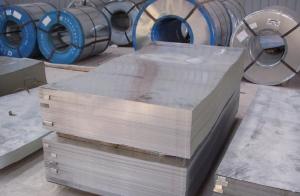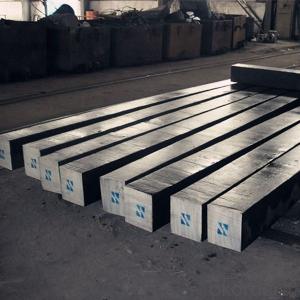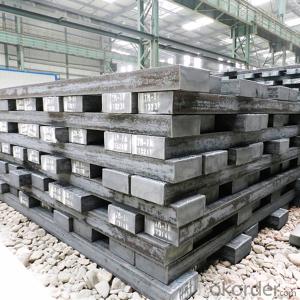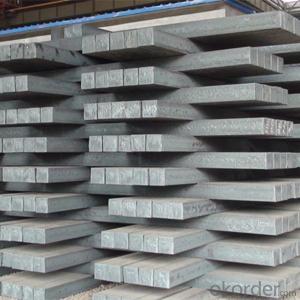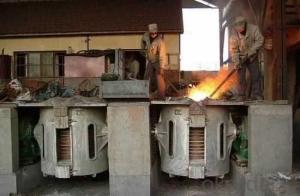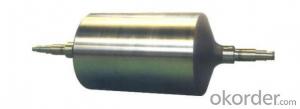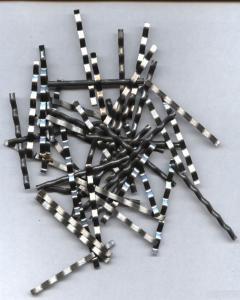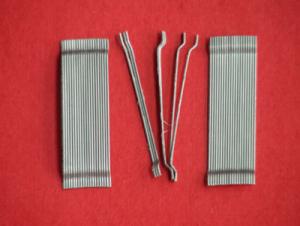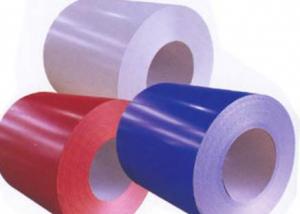Work Rolls Are produced in re-melting and casting furnaces
- Loading Port:
- Tianjin
- Payment Terms:
- TT OR LC
- Min Order Qty:
- 1000 PCS
- Supply Capability:
- 10000 PCS/month
OKorder Service Pledge
Quality Product, Order Online Tracking, Timely Delivery
OKorder Financial Service
Credit Rating, Credit Services, Credit Purchasing
You Might Also Like
Quick Details
| Place of Origin: | Brand Name: | Model Number: | LMM-080 | ||
| Application: | steel | Material: | Steel | Dimensions: | as per customers' request |
Packaging & Delivery
| Packaging Detail: | standard seaworthy package |
| Delivery Detail: | 30days |
Specifications
large rolls
mainly composed of pearlite (or temper sorbite) in the, microstructure,
We adopt the normal casting way, slot-based casting and large, medium and small horizontal centrifugal casting method to produce rolls, where the large sized horizontal centrifugal machine ia capable of producing the rolls of the max specs dia 1400*4600*9000.
LARGE ROLLS
It mainly used for rods and bars, wire rod, profile material etc
| Material Code | Barrel hardness HSD | Roll neck strenght MPa | Tensile Strength MPa |
| SG II | 50-70 | 35-55 | >320 |
| as60 I | 55-70 | 35-55 | >320 |
- Q: How are steel sheets used in the manufacturing of solar panels?
- Steel sheets are used in the manufacturing of solar panels as a base material for the panel structure. They provide strength and durability to support the various components of the solar panel, such as the photovoltaic cells, glass cover, and electrical connections. The steel sheets also aid in protecting the internal components from external elements and provide a stable platform for installation.
- Q: How is steel tubing used in the manufacturing of automobile exhaust systems?
- Steel tubing is used in the manufacturing of automobile exhaust systems because it offers strength, durability, and resistance to high temperatures and corrosion. The tubing is shaped and welded to form the necessary paths for exhaust gases to flow from the engine to the tailpipe, ensuring efficient and safe removal of harmful emissions.
- Q: How do steel products contribute to the infrastructure development of a country?
- Steel products contribute to the infrastructure development of a country in multiple ways. Firstly, steel is a versatile and durable material that is used in the construction of bridges, buildings, roads, and other critical infrastructure. Its strength and resilience make it ideal for withstanding heavy loads and extreme weather conditions, ensuring the longevity and safety of these structures. Secondly, steel products enable the construction of taller and more efficient buildings, allowing for the optimization of limited land resources in urban areas. This vertical growth helps accommodate increasing populations and promotes sustainable urban development. Additionally, steel is also used in the manufacturing of transportation infrastructure such as railways, airports, and ports. Its high strength-to-weight ratio makes it an ideal material for constructing bridges and tunnels, ensuring smooth and reliable transportation networks. Lastly, the steel industry itself plays a significant role in a country's economy by generating employment opportunities, attracting investments, and fostering technological advancements. The production and use of steel products in infrastructure development create a ripple effect, stimulating various sectors and contributing to overall economic growth. In summary, steel products contribute to the infrastructure development of a country by providing strong and durable materials for construction, enabling vertical growth, enhancing transportation networks, and driving economic progress.
- Q: How are steel gratings used in the construction of staircases and platforms?
- Steel gratings are commonly used in the construction of staircases and platforms to provide a sturdy and safe walking surface. These gratings are typically installed as treads or platforms, allowing for efficient drainage and ventilation while ensuring stability and strength. The open design of the gratings also offers enhanced visibility, making them a popular choice in industrial and commercial settings where safety is paramount.
- Q: What are the common types of steel products used in the telecommunications industry?
- Some common types of steel products used in the telecommunications industry include steel towers, poles, and cable trays. These products are essential for providing support and infrastructure for telecommunication networks, ensuring efficient transmission of signals and connectivity.
- Q: What are the applications of steel gratings in wastewater treatment plants?
- Steel gratings have several important applications in wastewater treatment plants. They are commonly used as walkways and platforms, providing safe access to various areas of the plant for maintenance and operation. Steel gratings also serve as covers for channels and trenches, preventing objects and debris from falling into the wastewater and obstructing the flow. Additionally, they are utilized as screens and filters, allowing water to pass through while trapping larger solid waste materials. This helps to improve the efficiency of the treatment process and protect downstream equipment from damage. Overall, steel gratings play a crucial role in ensuring the safety, functionality, and effectiveness of wastewater treatment plants.
- Q: How are steel products used in the manufacturing of electrical equipment?
- Steel products are commonly used in the manufacturing of electrical equipment for various purposes. They are used to create sturdy and reliable enclosures or casings, providing protection for sensitive components inside the equipment. Steel is also used to manufacture structural components, such as brackets and frames, which provide support and stability to the electrical equipment. Additionally, steel is often utilized in manufacturing electrical connectors, terminals, and conductive parts due to its high conductivity and durability. Overall, steel products play a crucial role in enhancing the performance, durability, and safety of electrical equipment.
- Q: How are steel pipes used in the transportation of natural gas?
- Steel pipes are commonly used in the transportation of natural gas due to their strength, durability, and resistance to corrosion. These pipes are used to create a network of pipelines that transport natural gas from production wells to distribution centers and ultimately to homes, businesses, and industries. The steel pipes are designed to withstand high pressure and can transport large volumes of natural gas over long distances efficiently and safely.
- Q: How do steel products contribute to sustainability and environmental protection?
- Steel products contribute to sustainability and environmental protection in several ways. Firstly, steel is highly durable and long-lasting, reducing the need for frequent replacement and minimizing waste generation. Additionally, steel is 100% recyclable and can be reused without any loss in quality or performance, leading to significant energy savings and reduced greenhouse gas emissions compared to producing new steel. Steel also has a high strength-to-weight ratio, enabling the construction of lighter and more fuel-efficient vehicles and structures. Furthermore, steel is resistant to fire, corrosion, and pests, making it a reliable and safe material choice. Overall, steel products promote sustainability by conserving resources, reducing waste, and minimizing environmental impacts throughout their lifecycle.
- Q: How is steel used in the construction of underground utilities?
- Steel is commonly used in the construction of underground utilities due to its strength and durability. It is used to create pipes, conduits, and casings that carry water, gas, and electrical cables underground. The steel pipes are resistant to corrosion and can withstand the pressure and weight of the soil above, making them a reliable choice for underground infrastructure. Additionally, steel is often used for reinforcement in concrete structures such as manholes and vaults, providing extra strength and stability.
Send your message to us
Work Rolls Are produced in re-melting and casting furnaces
- Loading Port:
- Tianjin
- Payment Terms:
- TT OR LC
- Min Order Qty:
- 1000 PCS
- Supply Capability:
- 10000 PCS/month
OKorder Service Pledge
Quality Product, Order Online Tracking, Timely Delivery
OKorder Financial Service
Credit Rating, Credit Services, Credit Purchasing
Similar products
Hot products
Hot Searches
Related keywords
